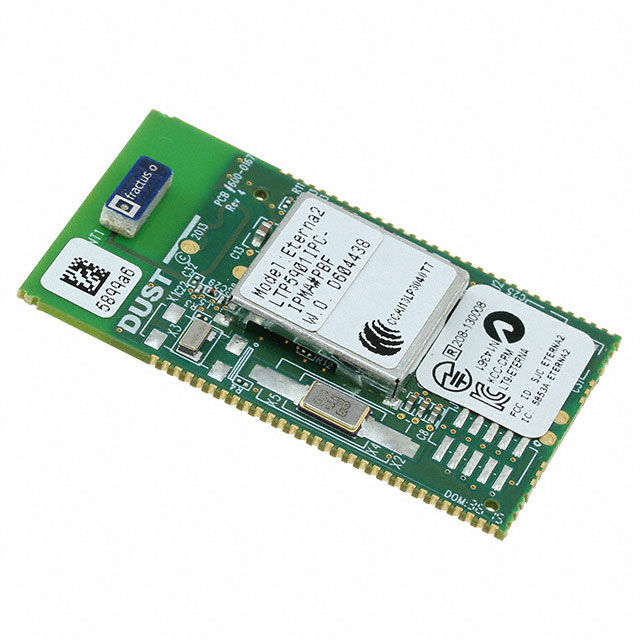What Are Proving Units and Why Are They Essential for Electrical Safety?
- joddiemarshall6
- May 29
- 4 min read
Electrical safety isn’t just about having the right tools—it’s about knowing your equipment is reliable and safe to use. Among the crucial yet often overlooked devices in an electrician's toolkit are proving units. But what exactly are proving units, and why should every professional electrician have one? This detailed guide covers everything you need to understand about proving units, their importance, applications, and how they significantly enhance electrical safety.
Understanding Proving Units: What Are They Exactly?
Proving units are compact, portable devices explicitly designed to test and verify the functionality of voltage testers and multimeters. They provide a known voltage source, ensuring your tester correctly identifies voltage presence. By validating your testers before and after performing critical checks, proving units guarantee the accuracy and reliability of your measurements.
Simply put, proving units act as the quality control mechanism for your voltage testers, minimising risks and enhancing workplace safety.
Why Are Proving Units Indispensable in Electrical Work?
Electrical safety depends fundamentally on reliable and accurate testing. Here's why proving units are indispensable:
Safety Assurance: They ensure that testers are functioning correctly, thereby reducing the likelihood of accidents.
Regulatory Compliance: Regular use of protective units helps businesses comply with electrical safety regulations and industry standards.
Fault Detection: Quickly identifies malfunctioning test equipment, enabling timely maintenance and repairs.
Enhanced Accuracy: Guarantees accurate voltage readings, which is crucial for safe electrical operations.
In short, proving units are essential because accuracy in electrical testing isn't optional—it's critical.
Key Benefits of Using Proving Units
Proving units offer multiple benefits to electricians and maintenance engineers alike:
Confidence and Reliability: Ensures equipment integrity, providing confidence to users about their electrical measurements.
Portable and User-Friendly: Compact, lightweight designs ensure convenience and portability, making them suitable for any work environment.
Easy Operation: Simple one-button or two-button operation allows for quick and effective checks.
Durability and Robustness: Built to withstand harsh site conditions, making them a long-lasting investment.
Cost Efficiency: Regular proving tests extend the lifespan of expensive testing equipment by identifying issues early.
How Do Proving Units Work?
The operational simplicity of providing units makes them practical and easy to use in everyday scenarios:
Connecting the Tester: Connect your voltage tester or multimeter directly to the proving unit.
Activating the Unit: Press a button or switch to generate a known and stable voltage.
Verifying Tester Accuracy: Ensure your tester detects the displayed voltage accurately before and after use in field tests.
This straightforward process ensures your testing tools are consistently reliable, safeguarding against inaccurate readings that could lead to potentially dangerous situations.
Where Should You Use Proving Units?
Proving units are not restricted to specialised fields. They are broadly applicable in various electrical environments, including:
Industrial Maintenance: Critical for verifying testing equipment in factories and production facilities.
Residential Electrical Work: Ensures safe electrical installations and troubleshooting within homes.
Commercial Facilities: Used widely to maintain electrical safety standards in offices, shopping centres, and public buildings.
Utilities and Infrastructure: Essential for electrical technicians working on power lines, substations, and distribution systems.
Essential Features to Look for When Choosing Proving Units
Not all proving units are created equal. Here’s what to consider when choosing the right one for your requirements:
Voltage Range: Should cover the standard voltage ranges encountered in your work (e.g., 50V to 690V).
Battery Life and Indicators: A long battery life with clear indicators ensures your unit remains reliable on-site.
Compliance and Certification: Always select units certified to relevant safety standards, such as IEC/EN standards.
Durable Construction: Opt for robust casing and designs that resist impact, moisture, and dust ingress.
Tips for Maximising the Lifespan and Efficiency of Proving Units
Proving units are vital safety tools—keeping them well-maintained maximises their usefulness. Here are some helpful maintenance tips:
Regular Inspections: Perform routine visual checks for physical damage or wear.
Battery Management: Frequently check battery health to ensure consistent performance.
Store Properly: Always store your proving units in a clean, dry environment away from extreme temperatures.
Cleanliness: Regularly clean connection terminals to maintain effective electrical conductivity.
Incorporating Proving Units into Your Electrical Safety Protocols
For the best safety outcomes, integrate proving units into your regular electrical testing procedures by:
Making proving tests mandatory before and after each critical task.
Documenting and proving tests as part of compliance requirements.
Conducting regular training sessions to familiarise your staff with correct usage practices.
By embedding proving units into your safety protocol, you significantly reduce potential hazards, ensuring a safer working environment.
The Future of Proving Units: Integration with Digital Tools
With technological advancements, proving units are increasingly integrating digital enhancements for improved accuracy and convenience:
Wireless Connectivity: Units are starting to feature Bluetooth capabilities, allowing data logging and integration with mobile apps.
Enhanced Diagnostics: Digital displays offering comprehensive diagnostics to inform electricians better.
Cloud Integration: Future units will allow cloud-based data storage for seamless reporting and compliance management.
Final Thoughts: Why Proving Units Should Be a Priority
Proving units are more than just an accessory—they're a necessity for every electrical professional aiming for safety and accuracy in their work. Ensuring the reliability of your testing equipment through proving units helps prevent potential hazards, enhances compliance, and fosters safer work practices.
Every electrical safety toolkit is incomplete without a high-quality proving unit. Choosing to invest in a reliable proving unit means prioritising safety, accuracy, and peace of mind in every electrical task you undertake.



Comments